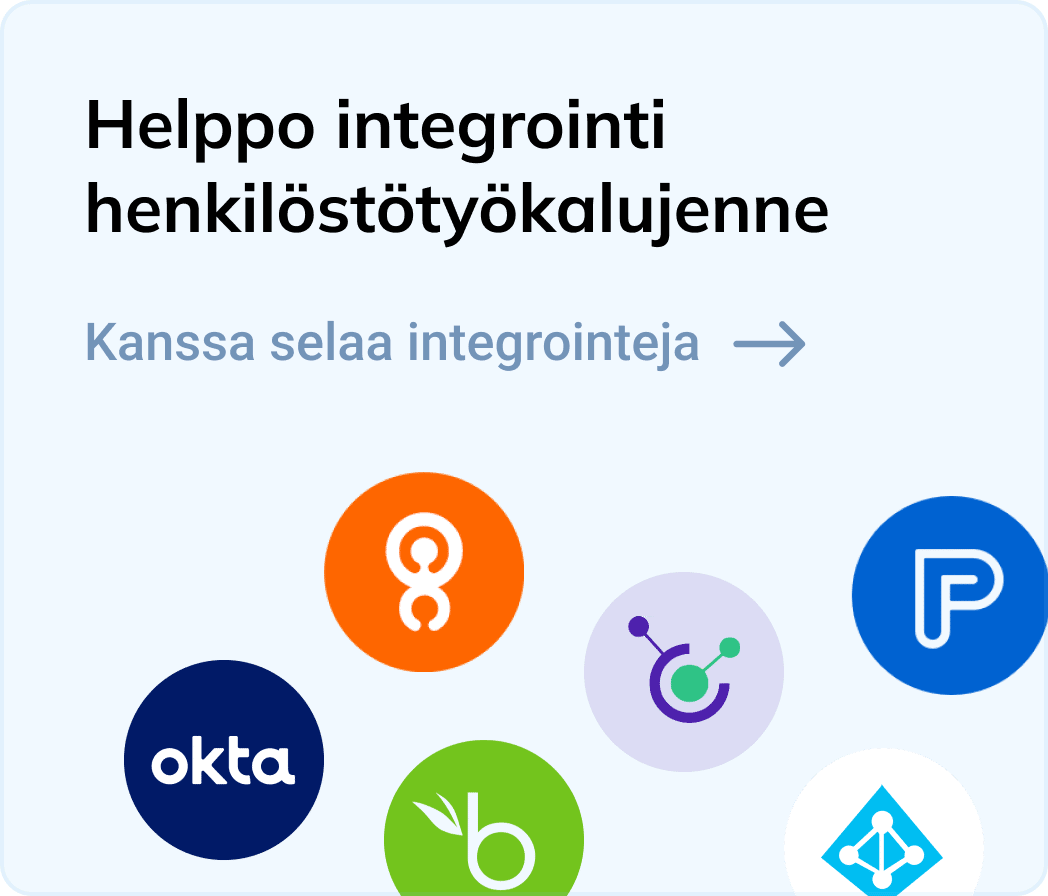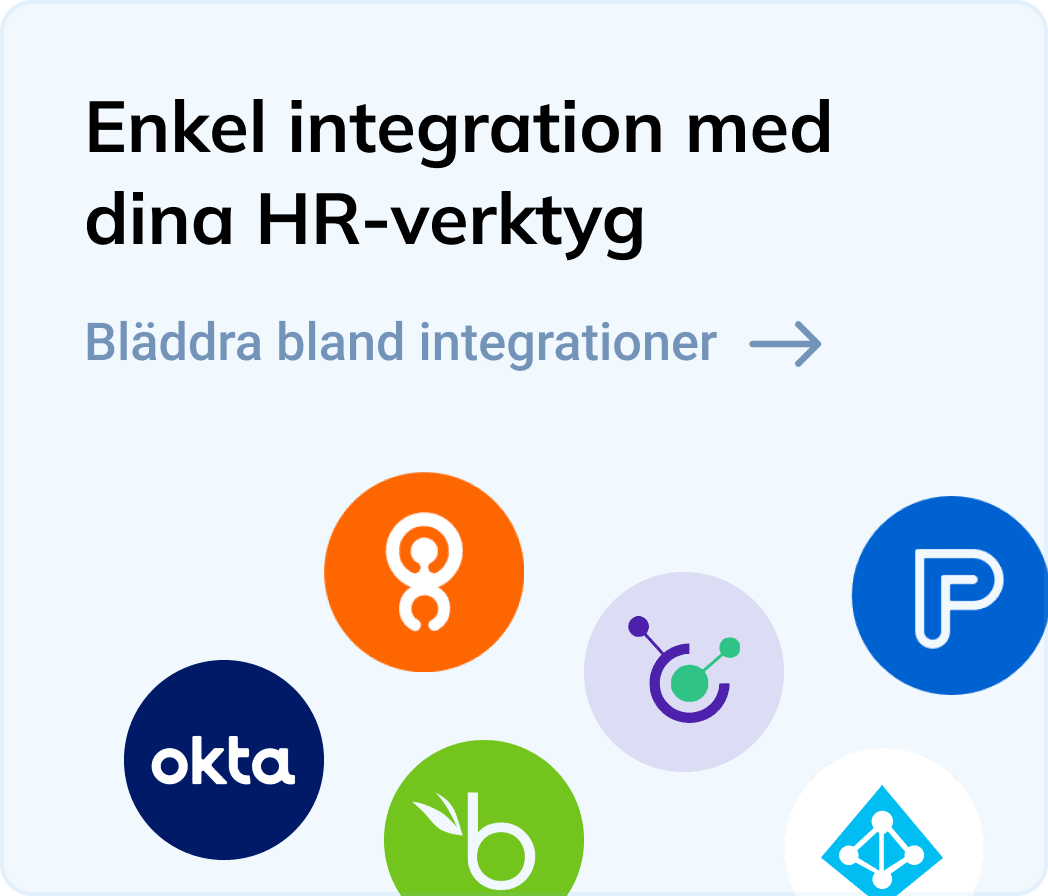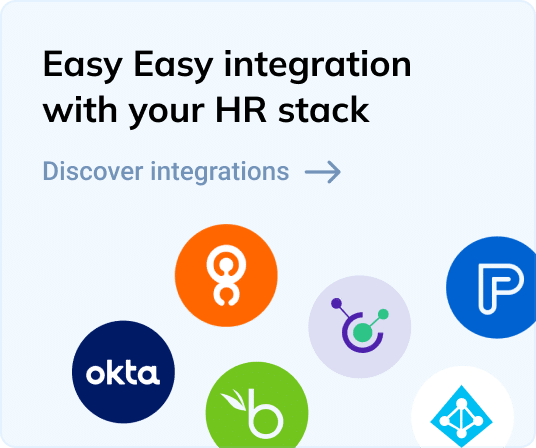In a study entitled “The Anatomy of Work 2021”, Asana takes stock of the year 2020 and the effects of the pandemic on employees. The creators of their own innovative project management solution also analyse trends for the coming year. To this end, the company surveyed 13,000 “knowledge workers” in several countries. These are people whose job it is to distribute or apply their knowledge to enable decision-making. Included in this definition are the majority of “office” roles, which were most concerned by remote working.
So what changes have knowledge workers experienced this year? What aspirations should companies take into account to prepare for 2021? An overview of the key points to remember.
What do employees retain from the year 2020?
Last year will have seen some 1.25 billion knowledge workers make the sudden switch to remote work. They have had to manage a stark change in their working environment, with a distant and decentralised model, along with an acceleration of digital transformation. More than two thirds of them have been led to make greater use of collaborative tools, and one in five employees used them for the first time.
Despite the availability of tools, the transition to remote working represented a real challenge for 53% of those surveyed.
Now, with a little more hindsight on the consequences of this rapid change, the study highlights the main consequences of 2020 on the professional lives of employees.
The main finding is that despite decentralisation, “work about work” (the performance of tasks outside of the employee’s main functions) accounts for the majority of working time. Employees spent 60% of their time on organisational tasks such as meetings, monitoring and information retrieval. The greater the company headcount, the greater the time spent.
Remote work had disorganised companies, and 49% of employees feel that a lack of clarity has led to more meetings. They have thus monopolised 157 more hours in 2020. Employees also point to the number of emails and messages to respond to. Combined with an increase in the overall workload, these changes are the main impediments to productivity in 2020.
Employees have paradoxically had little time to work. Skilled work accounted for only 26% of their time. They missed 26% of their deadlines. 87% work late at night to compensate for their workload, and three quarters have difficulty disconnecting.
What lessons can we learn from working in 2020 to adapt in 2021?
Fortunately, this more than mixed assessment also highlights the key elements for adapting in 2021! To combat the difficulties that employees encounter, the main solution put forward is flexibility, considered to be the key to business resilience in 2021. Concretely, companies could adapt to the wishes of their employees by offering more flexible working hours, but also better dialogue and better processes: only 15% feel they are being listened to, 35% believe that flexible working hours would improve the quality of their decentralised work, and they could gain up to 6 hours per week with an improvement in company processes.
As far as their expectations are concerned, the 3 main priorities of employees for 2021 are to develop professionally, gain confidence in their work and improve their level of organisation. These wishes directly echo what they expect from their managers. More dialogue and transparency will enable them to develop their work and increase their skills… as long as meetings are kept to a minimum to give them the time they need to carry out their tasks.
New tools can be a solution to help them get organised and facilitate the functioning of the company: facilitate information sharing and alignment, avoid duplication of work, automate or simplify recurring administrative tasks. However, their use must be rationalised to avoid the multiplication of tools that would be detrimental to their effectiveness.
Continuous monitoring for an effective HR strategy
To ensure alignment with your employees’ needs, it will be essential to provide points throughout the year to discuss their needs and expectations, and to provide them with a working environment that will boost their motivation and performance. With Javelo, you can easily move over to continuous monitoring of your teams, and meet the new expectations of your employees for 2021!









